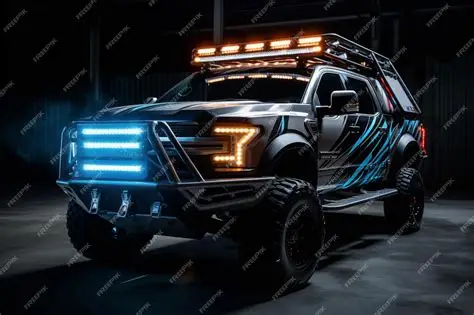
If you’ve spent any time on American roads, you’ve undoubtedly noticed a curious feature adorning the roofs of certain pickup trucks: a distinctive array of lights. For many, these lights might seem a puzzling addition, perhaps even a stylistic choice, but they are far more than mere ornamentation. These cab marker lights, or clearance lamps as they are also known, serve a multitude of critical functions, deeply rooted in both safety regulations and practical utility, along with a dash of personal expression. Their presence is a deliberate design choice, often mandated by federal standards, to ensure safer roads for everyone.
Far from being an arbitrary design flourish, these roof-mounted lights play a crucial role in vehicular visibility, especially for larger vehicles. They are not simply there for show but are meticulously designed to communicate vital information to other drivers, particularly in challenging conditions like low light or adverse weather. From alerting oncoming traffic to a truck’s substantial width to aiding utility crews working at night, their purpose is as varied as the trucks they adorn. Understanding these lights demystifies a common road observation and highlights the thoughtful engineering behind our vehicles.
In this in-depth exploration, we’ll peel back the layers of mystery surrounding these roof lights. We’ll examine the federal regulations that necessitate their installation, delve into their paramount safety functions, explore their practical applications in various work and off-road scenarios, and even touch upon the aesthetic appeal that drives some owners to install them. Prepare to discover how these small lights make a big difference, enhancing safety and functionality across the diverse world of pickup trucks.
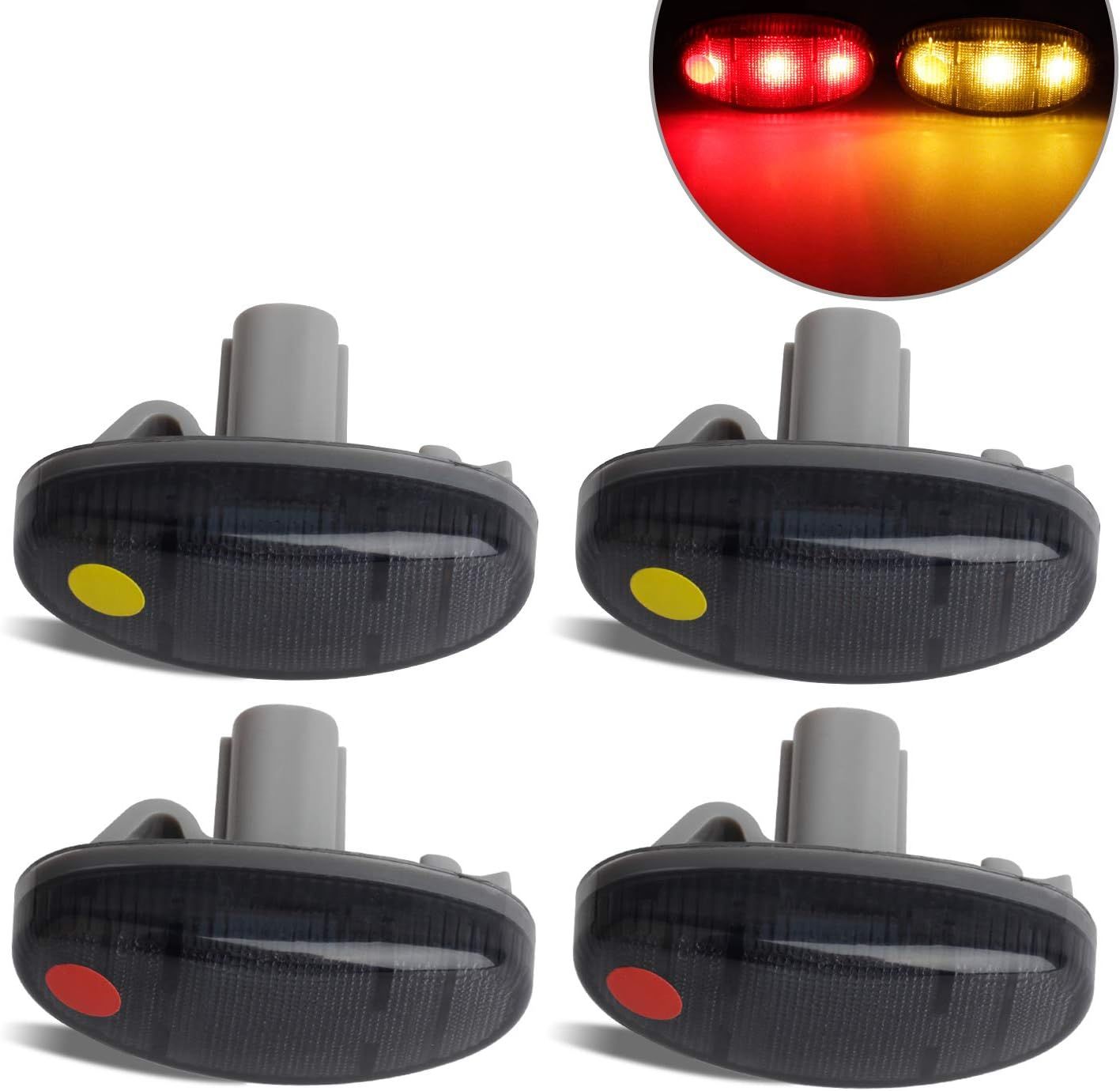
1. **Understanding Cab Marker Lights: The Basics** When we talk about the lights on top of a pickup truck, we’re generally referring to what are formally known as clearance lamps or cab marker lights. These are typically a series of small, often amber, lights mounted across the highest point of the cab. While they might occasionally appear intimidating or perplexing to the uninitiated, their presence is usually a clear indicator of a vehicle designed for specific, often heavy-duty, purposes.
It’s not uncommon to see these lights as either factory-installed features or as aftermarket additions. Many heavy-duty pickup trucks integrate this feature directly into their standard or optional trim packages. For instance, models such as the Ford F-450 Super Duty come equipped with them as standard, showcasing their integral role in the vehicle’s design and compliance. Similarly, certain trims of the Ram 2500 and 3500, alongside the Chevrolet Silverado 2500HD and 3500HD, also include these as standard equipment, with other trims offering them as an optional upgrade.
The primary reason for the inclusion of cab marker lights is not their aesthetic contribution, though many enthusiasts appreciate their rugged appearance. Instead, their foremost purpose is deeply rooted in functionality and regulatory compliance, a theme we will explore further. They are a practical necessity for many of the largest vehicles on the road, distinguishing them and enhancing safety in ways that standard headlights and taillights cannot achieve alone.
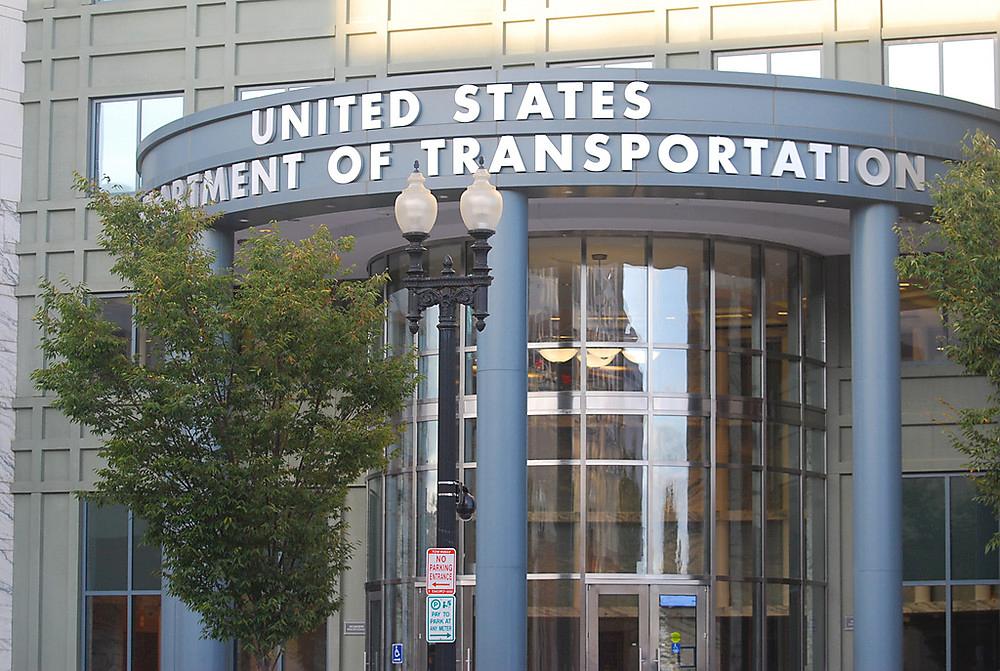
2. **Federal Mandate: The 80-Inch Rule** The most significant driver behind the widespread presence of cab marker lights on larger pickup trucks is federal regulation. The Federal Motor Vehicle Safety Standards (FMVSS), specifically enforced by the United States Department of Transportation (DOT), clearly mandate the use of these clearance lamps. This directive is designed to improve vehicular visibility, particularly during low-light conditions, thereby enhancing road safety for all drivers.
The core of this regulation targets vehicle width. The FMVSS dictates that any vehicle exceeding 80 inches (2032 mm) in overall width must be equipped with clearance lamps. Because of this specific width threshold, many larger pickup trucks, including the robust dually models, feature these lights on their roof as a standard safety component. The DOT explicitly states the requirement for “three amber front and three red rear identification lamps spaced between 6 and 12 inches apart at the center of the front and rear of the vehicle, as high as practicable.”
This rule clarifies why you’ll see these lights on a Ford F-Series Super Duty or a Ford F-150 Raptor (which is a massive 86.3 inches wide), but typically not on lighter-duty vehicles or a standard Ford F-150, which measures 79.9 inches wide. That one-tenth of an inch difference from the 80-inch threshold is, in many cases, a deliberate design choice by manufacturers to determine whether these lights are required. While not mandated for smaller trucks like the Chevrolet Colorado or the feature-packed Toyota Tacoma, owners still have the option to install them for both practical and stylistic reasons.
Product on Amazon: PSEQT Cab Roof Marker Lights 10 LED Amber Top Clearance Running Lights Compatible with Ford 1999-2016 F150 F250 F350 F450 F550 Super Duty Pickup Trucks SUV (5PCS, Amber Lens)
Brand: PSEQT
Binding: Automotive Product Group: Automotive Parts and Accessories
Price: 27.54 USD
Features:
1. Application: Compatible with 1999-2016 Ford E-150 E-250 E-350 E-450, Ford F-250 F-350 F-450 F-550 F-650 F-750 Super Duty Pickup Truck with stock cab markers
2. Features: Fit for Roof Lights, Cab Roof Marker Lights, Top Clearance Marker Lights, Exterior Side Marker Lights, Roof Top Running Lights, etc
3. Enhance Visibility: Amber cab roof light improves safety during night driving and warns vehicles behind to maintain safe distance. Waterproof roof light is very suitable for heavy snow, rain and fog weather
4. Easy to Install: Just remove your factory cab lights and bolt these in their place. Modification or drilling might be required. 2 wires connections: Black is Negative, Red is Positive. Cab roof light amber lens is removable. Soft pads and screws are included
Shopping on Amazon >>
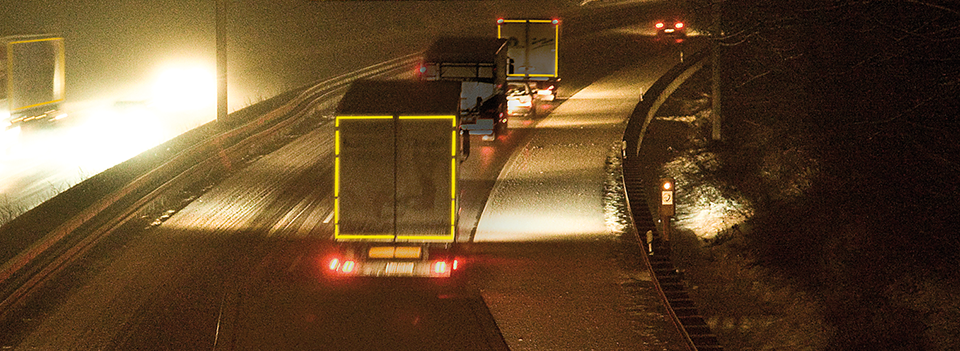
3. **Enhanced Visibility: A Primary Safety Feature** The fundamental purpose of clearance lamps, as mandated by federal authorities, is to significantly improve a vehicle’s visibility on the road. Large pickup trucks, especially dually models, command a substantial amount of road space. In conditions of darkness or adverse weather, such as heavy rain or fog, it can be extremely challenging for other drivers to accurately estimate the truck’s true size and position, even with its standard headlights and taillights engaged.
These roof-mounted lights serve as essential visual cues, providing other vehicles with a clear idea of the truck’s height and width. The amber-colored cab marker lights, strategically placed on the front of the vehicle, distinctly indicate its width to oncoming traffic. Correspondingly, red clearance lamps, typically positioned at the rear, serve the identical function, ensuring visibility from behind. Both sets of lights are instrumental in preventing accidents by giving other drivers crucial information about the truck’s dimensions in scenarios where visual clarity is compromised.
The lights are part of what’s known as a truck’s conspicuity program, meaning they exist primarily so the truck can be seen, rather than to help the driver see the road. This enhanced visibility is especially helpful when vehicles are approaching over a rise, allowing drivers to spot these identification lamps from a distance and be aware of a wider vehicle ahead. Similarly, seeing these lights in a rearview mirror signals that a wide vehicle is about to pass, encouraging increased attention and caution on the road.
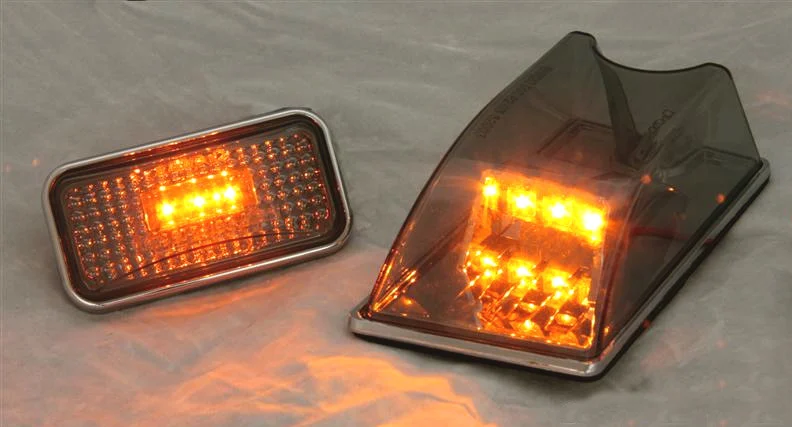
4. **Color Codes: Amber Front, Red Rear** When observing the clearance lamps on heavy-duty pickup trucks, a consistent color scheme becomes apparent, dictated by safety regulations and functional design. The lights positioned on the front of the vehicle are invariably amber, emitting a warm orangish or yellowish glow. These amber cab marker lights are specifically designed to indicate the truck’s width to oncoming traffic, making it easier for other drivers to gauge its size and maintain a safe distance.
Conversely, the lights located at the rear of the vehicle are red. These red clearance lamps serve the same critical function of communicating the truck’s width and presence to drivers approaching from behind. The consistent use of amber for the front and red for the rear aligns with general vehicular lighting standards, where amber often denotes forward-facing or side-marker status, and red signifies rear-facing or braking functions.
As specified by the Department of Transportation, large commercial vehicles are required to have “three amber front and three red rear identification lamps spaced between 6 and 12 inches apart at the center of the front and rear of the vehicle, as high as practicable.” This precise requirement ensures that the truck’s overall dimensions are clearly communicated, whether it’s seen from the front, back, or even from a distance. These distinct color codes are not arbitrary; they are a standardized system designed to enhance safety and prevent misunderstandings regarding a vehicle’s presence and size on the highway.
Product on Amazon: Kishigo Men’s Enhanced Visibility Premium Waterproof Ripstop Jacket B303, Zipper Closure, 4 Pockets, ANSI 107 Type O/Class 1, Off-road Construction, Utility, Warehouse, Manufacturing (Red, XL)
Brand: Kishigo
Binding: Apparel Product Group: Tools
Price: 52.49 USD
Shopping on Amazon >>

5. **Factory vs. Aftermarket: Common Models and Customization** While cab marker lights are a federal mandate for vehicles exceeding a certain width, their presence on various trucks can differ, ranging from factory-installed features to popular aftermarket additions. Heavy-duty pickup trucks, such as the Ford F-Series Super Duty, Ram Heavy Duty, and Chevrolet Silverado HD models, frequently include these lights as standard equipment or as optional add-ons, recognizing their necessity for regulatory compliance and inherent utility. These integrated lights are often seamlessly designed to complement the truck’s overall aesthetic.
Interestingly, some iconic trucks, despite their immense width, interpret the mounting requirement creatively. The Ford Raptor, for instance, which is a comically massive 86.3 inches wide, famously features its identification lamps not on the roof, but in the top of its grille, alongside clearance lamps at the edges of its massive fenders. Legally speaking, the lights need to be mounted “as high as practicable,” but the government doesn’t explicitly mandate them to be on the roof. This interpretation by Ford has been sanctioned, making the three-amber-light constellation an iconic element of the Raptor’s distinctive “smile.”
For trucks that do not meet the 80-inch width threshold, such as many light-duty pickups or standard Ford F-150s, these lights are not legally required. The fact that a regular Ford F-150 measures 79.9 inches wide, just shy of the DOT’s mandate, is likely not coincidental, allowing it to bypass the requirement. However, this hasn’t stopped many truck enthusiasts from installing aftermarket versions for stylistic reasons, seeking to emulate the rugged, “big rig” look of their larger counterparts. This blend of factory-mandated safety and owner-driven customization underscores the multifaceted role these lights play in the truck community.
Car Model Information: 2023 Audi Q5 45 S line quattro Premium
Name: Ford Super Duty,(F-250/F-350/F-450/F-550/F-600)
Caption: 2020 Ford F-250
Manufacturer: Ford Motor Company
Production: January 5, 1998–present
ModelYears: 1999–present
Class: pickup truck
Layout: Front-engine, rear-wheel-drive layout
Predecessor: Ford F-Series (ninth generation)
Categories: 2000s cars, 2010s cars, All-wheel-drive vehicles, All articles with bare URLs for citations, Articles with bare URLs for citations from August 2024
Summary: The Ford Super Duty (also known as the Ford F-Series Super Duty) is a series of heavy-duty pickup trucks produced by the Ford Motor Company since the 1999 model year. Slotted above the consumer-oriented Ford F-150, the Super Duty trucks are an expansion of the Ford F-Series range, from F-250 to the F-600. The F-250 through F-450 are offered as pickup trucks, while the F-350 through F-600 are offered as chassis cabs.
Rather than adapting the lighter-duty F-150 truck for heavier use, Super Duty trucks have been designed as a dedicated variant of the Ford F-Series. The heavier-duty chassis components allow for heavier payloads and towing capabilities. With a GVWR over 8,500 lb (3,900 kg), Super Duty pickups are Class 2 and 3 trucks, while chassis-cab trucks are offered in Classes 3, 4, 5, and 6. The model line also offers Ford Power Stroke V8 diesel engines as an option.
Ford also offers a medium-duty version of the F-Series (F-650 and F-750), which is sometimes branded as the Super Duty, but is another chassis variant. The Super Duty pickup truck also served as the basis for the Ford Excursion full-sized SUV.
The Super Duty trucks and chassis-cabs are assembled at the Kentucky Truck Plant in Louisville, Kentucky, and at Ohio Assembly in Avon Lake, Ohio. Prior to 2016, medium-duty trucks were assembled in Mexico under the Blue Diamond Truck joint venture with Navistar International.
Get more information about: Ford Super Duty
Buying a high-performing used car >>>
Brand: Ford Model: F-Series Super Duty
Price: $27,499 Mileage: 45,786 mi.

6. **Beyond Regulation: Practical Utility** While federal regulations are the primary impetus for roof-mounted lights on wide trucks, their utility extends far beyond mere compliance. These clearance lamps, and sometimes more robust roof-mounted light bars, serve several highly practical purposes for a variety of users. For work-oriented pickup trucks, such as the Ford F-450 Super Duty or Ram Heavy Duty models used by law enforcement or utility companies, these lights can be upgraded to provide increased forward illumination in dark conditions, enhancing visibility for the driver.
Utility companies and emergency response teams, in particular, rely heavily on these lights to ensure their vehicles remain highly visible while workers perform crucial roadside tasks, especially during nighttime or in hazardous weather. This elevated visibility protects both the workers and other drivers by clearly marking the presence of a stationary or slow-moving vehicle involved in a task that might divert attention from the road. The lights are not just about indicating width, but about drawing attention to the vehicle’s active presence.
Another significant practical application emerges in challenging maneuvering scenarios, such as backing into loading docks or navigating tight industrial spaces. In such situations, the roof lights can be invaluable for spotters, helping them to accurately gauge the truck’s outline and ensure it fits through an opening or clears an obstacle. They also assist outside observers in assessing overhead clearance, a constant concern for large rigs. Therefore, these lights transition from a regulatory requirement to an indispensable tool, bolstering safety and operational efficiency in real-world working environments.
Car Model Information: 2024 Ford F-450 Lariat
Name: Ford Super Duty,(F-250/F-350/F-450/F-550/F-600)
Caption: 2020 Ford F-250
Manufacturer: Ford Motor Company
Production: January 5, 1998–present
ModelYears: 1999–present
Class: pickup truck
Layout: Front-engine, rear-wheel-drive layout
Predecessor: Ford F-Series (ninth generation)
Categories: 2000s cars, 2010s cars, All-wheel-drive vehicles, All articles with bare URLs for citations, Articles with bare URLs for citations from August 2024
Summary: The Ford Super Duty (also known as the Ford F-Series Super Duty) is a series of heavy-duty pickup trucks produced by the Ford Motor Company since the 1999 model year. Slotted above the consumer-oriented Ford F-150, the Super Duty trucks are an expansion of the Ford F-Series range, from F-250 to the F-600. The F-250 through F-450 are offered as pickup trucks, while the F-350 through F-600 are offered as chassis cabs.
Rather than adapting the lighter-duty F-150 truck for heavier use, Super Duty trucks have been designed as a dedicated variant of the Ford F-Series. The heavier-duty chassis components allow for heavier payloads and towing capabilities. With a GVWR over 8,500 lb (3,900 kg), Super Duty pickups are Class 2 and 3 trucks, while chassis-cab trucks are offered in Classes 3, 4, 5, and 6. The model line also offers Ford Power Stroke V8 diesel engines as an option.
Ford also offers a medium-duty version of the F-Series (F-650 and F-750), which is sometimes branded as the Super Duty, but is another chassis variant. The Super Duty pickup truck also served as the basis for the Ford Excursion full-sized SUV.
The Super Duty trucks and chassis-cabs are assembled at the Kentucky Truck Plant in Louisville, Kentucky, and at Ohio Assembly in Avon Lake, Ohio. Prior to 2016, medium-duty trucks were assembled in Mexico under the Blue Diamond Truck joint venture with Navistar International.
Get more information about: Ford Super Duty
Buying a high-performing used car >>>
Brand: Ford Model: F-450
Price: $119,986 Mileage: 17,456 mi.

7. **Aesthetic Appeal and Customization: Beyond the Mandate**While federal regulations predominantly drive the inclusion of cab marker lights on larger vehicles, their role extends significantly into the realm of aesthetic appeal and personal customization for many truck owners. For enthusiasts, these roof-mounted lights are far from a mere utility; they are a statement, transforming the truck’s profile and enhancing its rugged, “big rig” appearance. This desire for a distinctive look often motivates owners of smaller trucks, not subject to the 80-inch rule, to install aftermarket versions, aiming to emulate the powerful aesthetic of their heavier-duty counterparts.
This stylistic choice is deeply ingrained within the truck community, allowing owners to “tailor your pickup truck to your personality.” The market offers a wide array of choices beyond basic amber lights, including “white LEDs, opaque lenses, crystal-clear fixtures,” and various designs that can “put the finishing touch on your truck’s makeover.” Such customizations are not only admired at “regional truck exhibition” but also contribute to a unique presence in everyday driving, eliciting compliments and reflecting the owner’s individual style.
Indeed, the visual impact of these lights is undeniable, adding character and an imposing stance that many find appealing. The “picture of cab roof lights below will prove to you how much they affect your truck’s appearance,” as stated in the context, highlighting their decorative function. This blend of form and function allows truck owners to celebrate both the utility and the personalized expression inherent in these distinctive roof-mounted features.

8. **Specialized Lighting: Flashing Yellow and “Chicken Lights”**Beyond the standard, solid amber or red clearance lamps, the world of truck roof lighting includes specialized types designed for particular applications, notably flashing yellow lights and the intriguing “chicken lights.” Flashing yellow lights are commonly seen on vehicles performing specific tasks, such as a “tow truck, a plow truck, or just a truck modified by its owner to be more visible.” These are primarily warning lights, signaling the vehicle’s presence and activity to other motorists, especially in situations where increased caution is required.
These yellow flashing lights are particularly prevalent because “yellow is the least-regulated color of warning lights” across most states. Truck owners involved in services like snow plowing might equip their vehicles with a “small yellow light they can magnetically stick to their roof while plowing after dark,” serving a crucial safety role in preventing accidents. Similarly, “owners of towing companies may invest in a heavy-duty truck with a custom ‘rollback’ body capable of loading a wrecked car and hauling it down the road,” often integrating “a professional-grade flashing LED light bar” for accident site visibility.
Another fascinating type mentioned in the context are “chicken lights,” described as “a subset of cab lights used on trucks.” Historically, these lights gained their unusual name from early 20th-century truck drivers who “installed lamps on their cabs as a warning against the widespread problem of chicken thievery.” They were used to “demonstrate their presence at night and discourage would-be thieves.” Today, while the thievery aspect is largely historical, many drivers still “employ ‘chicken lights’ in addition to their regular headlamps for additional brightness,” even if they “may confuse oncoming traffic” or are “even mandatory under the law in several jurisdictions.”
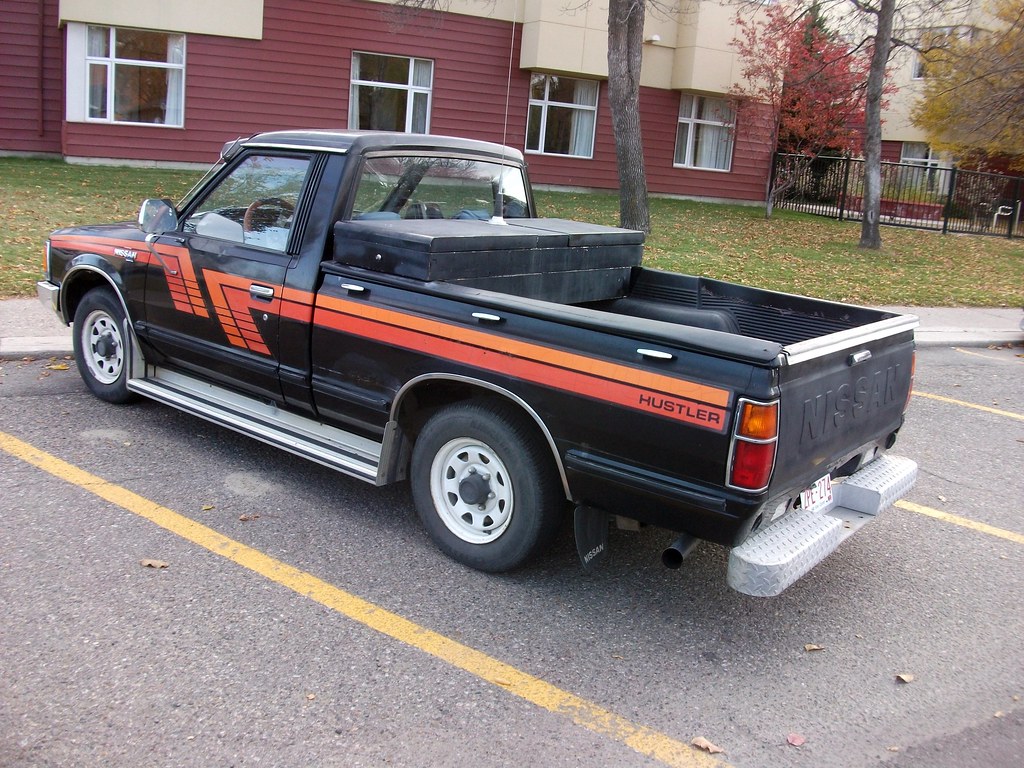
9. **Beyond Marker Lights: Auxiliary Light Bars for Enhanced Illumination**While cab marker lights are primarily for conspicuity—helping the truck be seen—a distinct category of roof-mounted lighting serves the driver directly: auxiliary light bars. These more robust lighting solutions are designed for “increased forward illumination in the dark,” particularly for “off-road or work-oriented pickup trucks.” Unlike the small, federal-mandated clearance lamps, light bars aim to extend the driver’s visual range significantly, transforming challenging nighttime conditions into manageable ones.
For professionals such as “police,” “utility companies,” and “emergency response teams” utilizing “Ford F-450 Super Duty or Ram Heavy Duty models,” these roof-mounted light bars are indispensable tools. They provide powerful illumination when working in remote areas, at accident scenes, or performing roadside tasks where standard headlights are simply insufficient. This enhanced visibility is crucial not only for the driver’s operational efficiency but also for the safety of workers on the ground, clearly marking the vehicle’s presence and illuminating the work area.
It is important to differentiate these high-intensity light bars from the conspicuity lamps. As the context notes, “those lights are part of the truck’s conspicuity program. Cool word, right? It just means that the lights exist so the truck can be seen; they’re not meant to help the driver’s vision like spotlights or the aforementioned LED bars.” Therefore, while both are mounted on the roof, their fundamental purposes diverge: one is to be seen, the other is to see. The application of such powerful auxiliary lighting often comes with its own set of legal considerations, particularly concerning their use on public roads, as many states restrict their activation to off-road or specific work environments.

10. **Aftermarket Options: Sourcing and Selecting Your Roof Lights**For truck owners whose vehicles don’t come factory-equipped with roof lights or those looking to customize their existing setup, the aftermarket offers a vast array of options. Whether it’s to meet the “rugged, off-road-ready appearance” desire or to replace old lamps, online marketplaces provide convenient access to a wide selection. As the context highlights, “Amazon has a huge selection of clearance lights for different heavy-duty pickup models,” making it a go-to source for many.
One example cited is “the pack of five amber smoked top cab clearance lights from Shinefit,” retailing for “$65.99.” These are described as “easy-to-install LED lights” and are “compatible with a variety of trucks.” Their “fully sealed design” is a practical benefit, as it helps “lock out moisture during rainy days,” ensuring durability and consistent performance in adverse weather. Such details are crucial for consumers looking for reliable aftermarket solutions.
Another well-regarded option is offered by “Nilight,” which provides “round red LED clearance lights with 60-lumen brightness.” A “pack of 10 retails for $9.95 and has earned the Amazon’s Choice badge for its competitive pricing and high ratings.” This brand also emphasizes sustainability, with products “made of recycled plastics and bio-based materials.” When purchasing such a set, buyers can expect “two-wire leads, with black for ground or negative and red for positive,” and lights “covered in rubber for waterproofing,” indicating thoughtful design for various mounting locations beyond just the roof, including “the side and rear as clearance or marker lights.”
Product on Amazon: Partsam Pair of 9-1/4″ L Red/Amber LED Double Face Truck Semi Trailer Light Bars, Chrome Plastic Dual Function Light Bar Marker Light and Turn Signal Auxiliary Light Bar Double Metal Stud Mounts
Brand: Partsam
Binding: Product Group: Automotive Parts and Accessories
Price: 39.99 USD
Features:
1. [Package Content] 2pcs Chrome Plastic 20 LED 9-1/4″ Double Face Trailer Light Bars. It comes with Double Metal Stud Mounts, Approx. 2″ Apart. Overall Length 9-1/4″. Overall Width 2-1/4″. Pre-wired design and Double Metal Stud Mounts;
2. This double faced amber/red pedestal LED is commonly used for additional visibility in stop/turn/tail functions in heavy and medium duty trucks;
3. IP65 Waterproof.
Shopping on Amazon >>
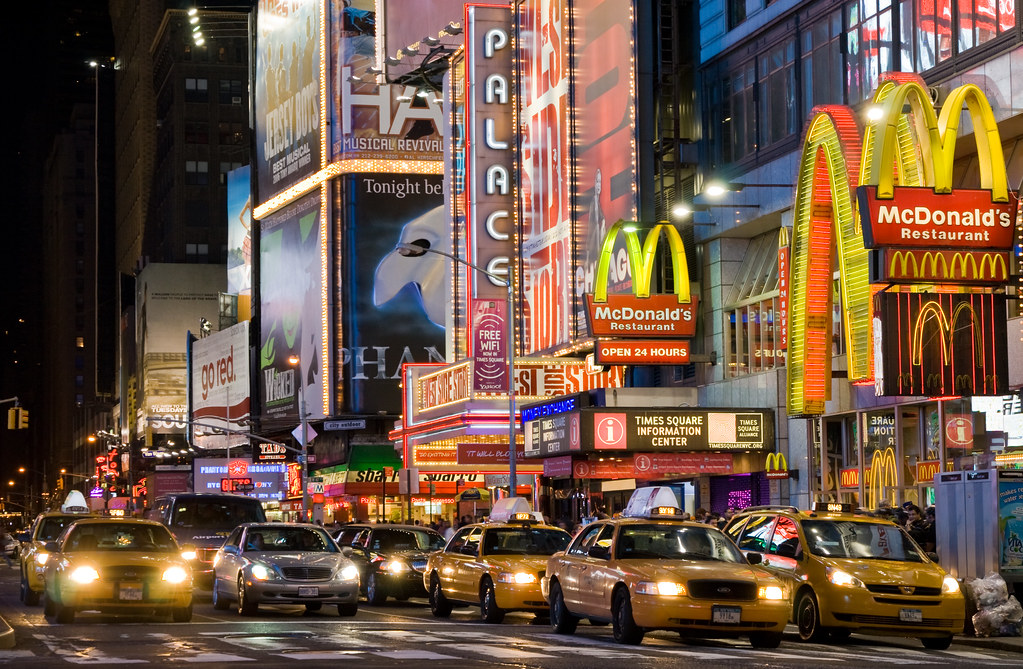
11. **Installation Considerations and DIY for Cab Lights**Installing cab marker lights, whether factory replicas or custom designs, is a project many truck owners undertake to enhance their vehicle’s look and functionality. While the context notes that “it’s easy to install cab truck lights,” it also advises on crucial considerations before beginning. The first step involves ensuring that your “favorite cab lights are in the correct size and form” and that they “fall in line with your vehicle’s roofline,” which is critical for both aesthetics and proper fitment.
Following this, thorough preparation of the vehicle is essential. You “need to clean the top of your automobile” to ensure proper adhesion and a secure mounting surface. Careful planning of the layout is equally important; you “must arrange each bulb spacing” precisely to achieve a symmetrical and compliant appearance. This meticulous attention to detail during the planning phase prevents issues down the line and ensures the lights look professional.
Once the physical placement is determined, securing the electrical connections is paramount. You must “ascertain that your new cab lights stand straight and that the electrical cable is attached securely.” Furthermore, ensuring that you “utilize the proper adapters for your new lamps” is vital for compatibility and safe operation, with such connectors being “available at hardware and home improvement shops and on the web.” While “chicken lights” are “not prohibited by law,” the context cautions that they “may confuse oncoming traffic,” highlighting the need for responsible installation, especially for any lighting that alters a vehicle’s standard visual signals.
Read more about: Brake Inspection Essentials: Your Ultimate Guide to Safety, Savings, and Avoiding 14 Costly Mistakes

12. **Navigating the Complex Legal Landscape of Vehicle Illumination**The legal framework surrounding vehicle lighting, especially roof-mounted lights, is a complex tapestry woven from federal mandates and a patchwork of state and local regulations. While the “80-inch rule” is a clear federal directive for standard clearance lamps, the legality of other types of roof lights, such as flashing yellow lights or powerful LED bars, can vary dramatically. “Most states restrict the use of blue and red lights to emergency vehicles,” for instance, but generally “allow owners to install yellow flashing lights on any vehicles.”
However, this freedom is not absolute. “Some states do not allow drivers to use these lights on public highways,” and “certain states–such as California–prohibit rooftop lights of any kind on private vehicles,” according to the context. This emphasizes that “the legality of installing and using yellow lights is entirely dependent on state and local law,” making it imperative for owners to “definitely read up on local laws” before making modifications. The distinction between solid marker lights and flashing warning lights is also legally significant; solid “marker lights” are “legal in every state besides California” for private vehicles, even if “not necessary on most pickup trucks.”
A particular nuance arises with aftermarket installations on vehicles not federally mandated to have them. While “I can’t find any actual laws against little aftermarket amber lights,” a “forum rumor I saw” suggests “there is a chance a disgruntled cop could get you into trouble over ‘misrepresenting the size of your vehicle’ by having these lights on a vehicle that is under 80 inches wide.” This underscores the need for caution and awareness, as even seemingly harmless aesthetic choices can potentially enter a grey area of vehicle code interpretation. The importance of side and rear marker lights is also highlighted, with “Rear Side Marker Light Necessary” being explicitly stated as mandatory in some contexts, serving to “attract the attention of other traffic” and “alerting oncoming vehicles of your presence.” These lights, often working in tandem with turn signals, are crucial for comprehensive vehicle visibility.
Product on Amazon: KOMAS 5 pcs T10 Replacement Plug Sockets Extened Wiring Harness pigtail for Cab Roof Running Marker light
Brand: KOMAS
Binding: Product Group: Automotive Parts and Accessories
Price: 7.99 USD
Features:
1. T10 W5W W3W 147 152 158 159 161 168 184 192 193 194 259 280 285 447 464 501 555 558 585 655 656 657 1250 1251 1252 2450 2652 2921 2825 PC 175 2886X
2. T10 Bulb Socket Connector,Plug-in Light Bulb Extension,Good for extension/replacement purposes
3. No modification needed. Just plug and play. Easy direct socket for all stock bulbs
4. Included in the Box : 5 pcs T10 bulb Sockets (Other Accessories NOT Included)
5. Warranty: 1 year
Shopping on Amazon >>
As we’ve journeyed through the multifaceted world of pickup truck roof lights, it becomes clear that these seemingly simple fixtures are anything but. From their foundational role in federal safety mandates to their indispensable practical applications in demanding work environments, and their vibrant contribution to personal expression and customization, these lights are a testament to thoughtful design and the diverse needs of truck owners. They are silent sentinels, guiding hands, and bold statements, all rolled into one, ensuring that whether you’re navigating a dark highway, working at a roadside scene, or simply showcasing your pride and joy, your truck makes its presence known – clearly, safely, and distinctively.

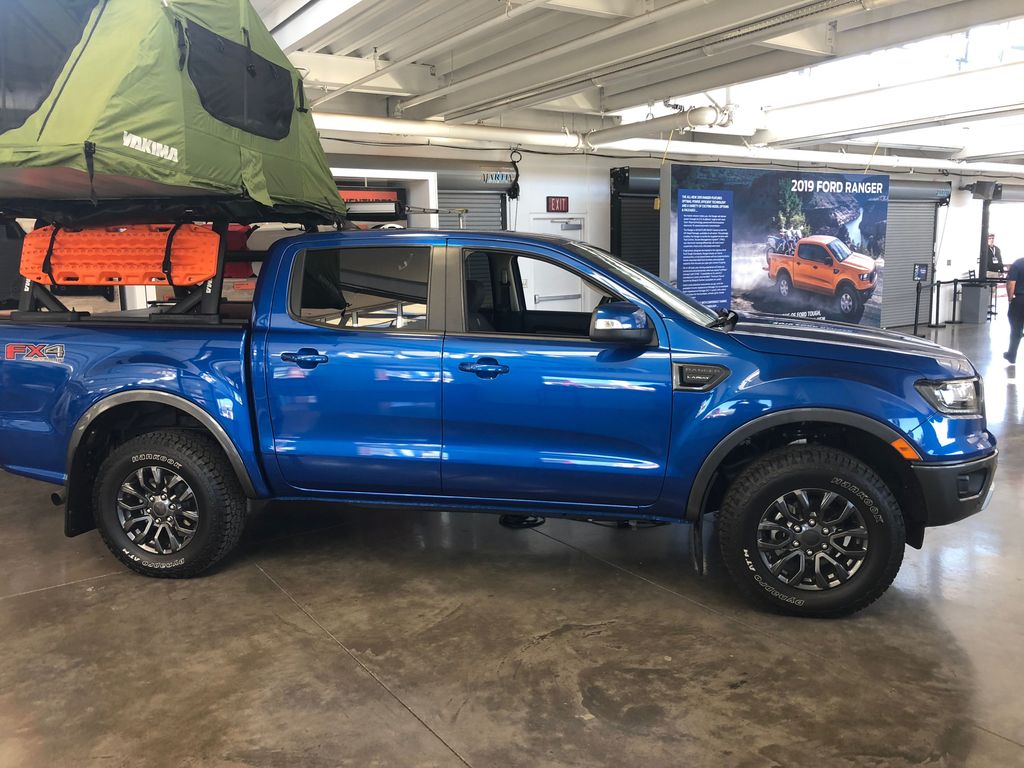
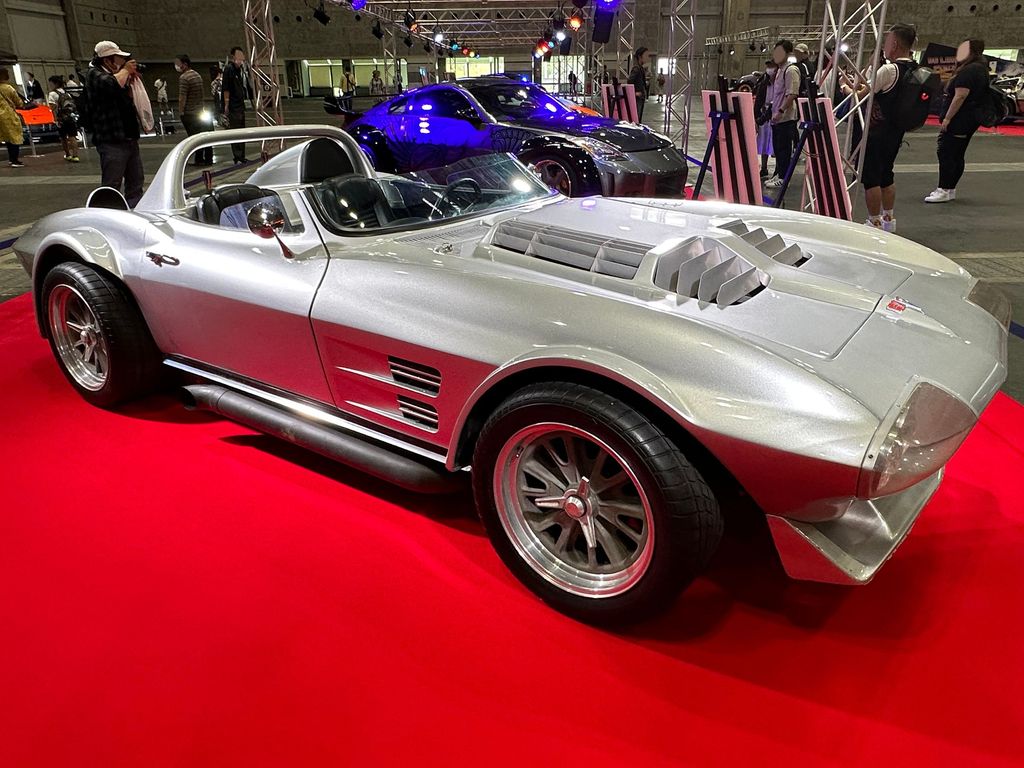

.jpg)